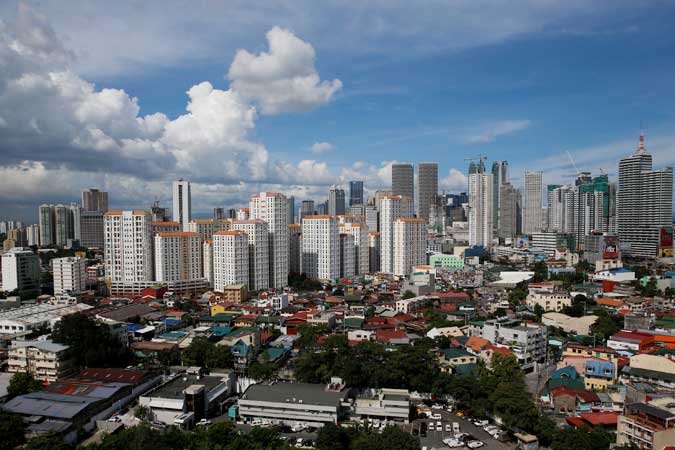
By Lourdes O. Pilar, Researcher
GROSS REVENUE generated by firms continued to decline in the third quarter, albeit at a slower pace compared with the plunge seen in the second quarter, as lockdown restrictions slowly eased amid the pandemic, the Philippine Statistics Authority (PSA) reported on Thursday.
Data from the PSA’s Quarterly Economic Indices report showed the total gross revenue index (GRI) slumped by 13.1% year on year in the third quarter. This marked an improvement from the record-high contraction of 26.4% in the second quarter but was a reversal of the 7.8% growth in the third quarter of 2019.
Real estate posted the largest decline during the quarter at 39.2%, followed by other services at -32.9% and transportation, storage and communication at -27.7%.
Other sectors that saw annual declines during the period were mining and quarrying (-13.6%); manufacturing (-11.6%); trade (-9.2%); electricity, gas and water supply (-6.3%).
Only financial and insurance activities posted growth during the quarter with 11.2%.
Meanwhile, the employment index fell by 10.7% in the third quarter compared with the 1.6% growth logged a year earlier.
Contractions in employment during the period were observed in the following sectors: other services (-18.8%); transportation, storage and communication (-17.8%); manufacturing (-6.0%); trade (-5.3%); construction (-3.7%); financial and insurance activities (-1.1%); real estate (-1.1%); and mining and quarrying (-0.5%).
Only the electricity, gas and water supply sector posted an expansion in employment at 2.6%.
Compensation likewise dropped by 10.1% in the third quarter from a 6.7% growth a year earlier, led by transportation, storage and communication (-25.1%); other services (-16.3%); manufacturing (-8.8%); real estate (-7.0%); trade (-5.8%); electricity, gas and water supply (-5.7%); and construction (-1.9%).
On a per-employee basis, compensation grew by 0.7% from five percent a year earlier using current prices. At constant 2016 prices, however, it shrank by 1.8% from a 3.3% growth last year.
“[T]here’s only one major reason for the negative trend in the Gross Revenue index, which is the continued quarantine measures put in place by the government,” said University of Asia and the Pacific (UA&P) Senior Economist Cid L. Terosa in an e-mail.
“Since business activities have not been fully opened, we shouldn’t expect gross revenues to match year-ago levels. Also, logistics issues have hampered the delivery and supply of goods to markets,” he added.
In a separate e-mail, ING Bank N.V. Manila Senior Economist Nicholas Antonio T. Mapa noted the index’s improvement in the third quarter compared with the previous quarter, saying it reflects the similar trends observed in the gross domestic product (GDP) as the government gradually eased quarantine restrictions.
Latest government data show economic output declining by 11.5% in the third quarter compared with the annual declines of 0.7% and 16.9% in the first and second quarters, respectively. This brought the total contraction in GDP for the three quarters to 10%.
Mr. Mapa also pointed to the contraction seen in almost all sectors, particularly real estate where sales and rentals are “likely pressured to decline due to the sharp slowdown in economic activity.”
“Meanwhile, the gain of the financial sector reflects two things: 1) the financial industry acting as a lifeline to help distressed individuals and businesses during the time of recession, and 2) the extension of the loan moratorium which likely masked or simply delayed the negative impact of the economic downturn on banks’ profitability,” Mr. Mapa said, referring to the one-time 60-day loan moratorium provided under Republic Act (RA) No. 11494 or the Bayanihan to Recover as One Act (Bayanihan II) following the initial debt relief under Bayanihan I (RA 11469).
“We do expect GRI to sustain its improvement, although it may very well remain in contraction, as the economy begins to open up, but ultimately [the index] will track the trends noted in GDP and we do not see a sharp and quick recovery as the Philippine economy is severely injured after the shock caused by the pandemic,” Mr. Mapa said.
Meanwhile, UA&P’s Mr. Terosa expects the index to “tread on negative ground” but with the downtrend being slower in the fourth quarter compared with the previous periods.
“Overall, the GRI for 2020 will show a double-digit slump,” he said.
